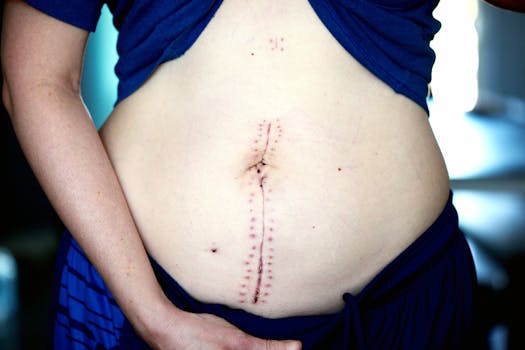Deciding on a facelift raises a common question: how long does a facelift last, and what can you do to protect your investment? While no cosmetic surgery freezes aging, modern techniques can produce results that last for years. Understanding the variables that affect longevity will help set realistic expectations and guide your aftercare choices.
How Long Do Facelifts Last?
There’s no single answer to how long do facelifts last because outcomes depend on the procedure type, surgeon skill, patient anatomy, and ongoing care. Traditional full facelifts aiming to reposition deeper tissues often produce longer-lasting improvement than limited or superficial lifts. Many patients enjoy noticeable results for 7–12 years, though individual experiences vary.
Key Factors That Determine Longevity
Several factors influence how long do face lifts last and why two people who have the same operation may see different durations of benefit:
- Procedure type: Deep-plane or SMAS lifts that reposition musculature and connective tissue tend to be more durable than skin-only tightening.
- Surgeon technique and experience: Precise handling of tissues and balanced tension reduce recurrence of sagging.
- Patient age and skin quality: Younger patients with good collagen and elasticity often maintain results longer; severe sun damage or thin skin can shorten the visible benefits.
- Lifestyle: Smoking, excessive sun exposure, weight fluctuations, and poor nutrition accelerate aging and can reduce how long does a face lift last.
- Genetics: Natural aging pace varies; genetic predisposition to laxity or volume loss plays a role.
Types of Lifts and Expected Durability
Different surgical approaches yield different timelines. Mini-lifts and thread lifts often provide subtle, shorter-term improvements—frequently one to five years. Traditional facelifts, especially when combined with neck tightening or fat grafting, can offer more substantial contour restoration lasting many years. Many surgeons now favor techniques that lift and reposition deeper layers to optimize both natural results and durability.
People also ask about non-surgical options: dermal fillers, ultrasound, and radiofrequency devices can complement surgery or serve as maintenance. For a primer on how advances in topical and device-based skin care can support postoperative longevity, see the article on Transform Your Routine: The Latest Breakthroughs in Skincare Technology.
Planning and Aftercare to Maximize Results
Whether your concern is how long do facelifts last or simply getting the most from a single procedure, careful planning and consistent aftercare matter. Steps that help prolong outcomes include:
- Choosing a board-certified, experienced facial plastic surgeon and discussing realistic expectations.
- Addressing skin quality before and after surgery—laser, chemical peels, and medical-grade skincare can improve texture and tone.
- Protecting skin from sun and avoiding tobacco, which degrades collagen and elastin networks.
- Maintaining stable weight and a healthy lifestyle, including adequate sleep and balanced nutrition.
Touch-Ups and Non-Surgical Maintenance
Many patients eventually opt for minor revisions or non-surgical touch-ups to refresh results without a full repeat operation. Treatments such as targeted fat grafting, neuromodulators, or conservative filler placements can restore youthful volume and smooth lines, extending the visible benefits between more invasive procedures.
For a more detailed procedural explanation and history, consult the comprehensive facelift overview on Wikipedia: facelift techniques and considerations.
Realistic Expectations
Understanding how long do face lifts last versus how long do facelifts last in general helps set a balanced view: facelifts are not permanent stops to aging, but they are powerful tools to reset the facial clock. Many patients report a perceived age reduction that persists even as subtle changes return with time, because tissue repositioning and scar remodeling yield lasting improvements in facial architecture.
- Short-term: swelling, bruising, and early contour changes resolve over weeks to months.
- Mid-term: most improvement is obvious at 3–6 months once tissues settle.
- Long-term: gradual aging continues, but results can remain meaningful for many years with proper care.
Brief FAQ
Q: Will a facelift stop me from looking older later on?
A: A facelift slows visible aging in repositioned areas and restores contours, but natural aging continues. Maintenance, sun protection, and healthy habits extend results.
Q: Is a facelift a one-time procedure or will I need another?
A: Some patients are satisfied long-term after a single, well-executed procedure; others choose smaller revisions or non-surgical treatments years later. Discuss your goals with your surgeon to plan a timeline that fits your expectations.
Q: How risky is the surgery?
A: Like any surgery, facelifts have risks—hematoma, infection, numbness, and scarring among them. Careful patient selection and an experienced surgeon reduce complications.






